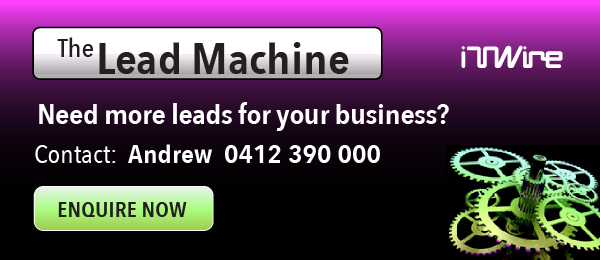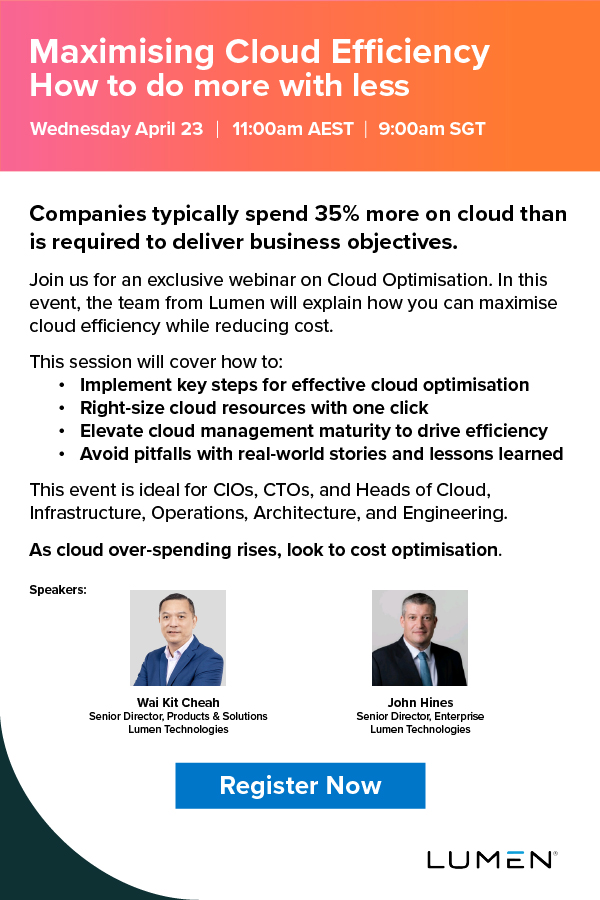At 77 he still makes only half-hearted nods at the notion of a retirement any time soon.
“I’d like to go on until I’m 80,” he says, but my guess is the pipe and slippers shouldn’t expect much of an outing then either.
Today he runs the eponymous industry newsletter the Rust Report, is a board member of the Pearcey Committee, and works with the ACS Foundation to try to find companies which are prepared to sponsor and mentor young ICT students and graduates.
His passion is for Australian IT stories and Australian IT visionaries, and for poking the “multinational gorillas” to find out how they are working with local organisations.
“The thing I’m interested in is who is winning in what market segments, what products and services are winning – and also to see who has gone to China, to Europe, who is showing leadership in the world?
|
|
“Ten, 15, 20 years ago we were showing good opportunities around the world – but over the last few years a lot of them have been more interested in building, selling and moving on. Overall have our exports grown very much? No not really.”
Rust is also critical about the lack of Government focus on the sector. “The sad thing is, we don’t really have a minister for IT. We had Kim Carr who was useless - he wouldn’t even know how to spell IT.
“The only IT minister we’ve ever had was John Button and we all keep going back to him – he was passionate, he understood the industry.”
Rust’s own understanding and knowledge of the sector is encyclopedic.
“I remember the time I first sized the market and IBM with revenues of $200 million in Australia. I can still remember when (Lou) Gerstner (then CEO of IBM) met us outside of New York and he gave a presentation and said that when he analysed IBM its margins were getting so skinny it was going out the door so they had to transform it into services and if you think about today that’s what Lenovo, Dell, HP are trying to do.”
Once an analyst, always an analyst. Rust is still; “Watching the industry and tracking the wins and the losses and trying to feed that into a model to see the real winners and to see the opportunities within certain industry sectors – in healthcare, mining, government, education. Healthcare is 8 per cent of GDP and the most under-automated sector, it’s like the financial services industry was 15 years ago – very dysfunctional, nothing’s connected.”
Australia today seems almost over-run with technology analysts. But back in the late 70s, when Rust set up IDC Australia, they were scarce.
His start was typically unconventional. He basically rang IDC which was operated out of North America, and said they should open in Australia. They offered him the role in late 1978.
Acknowledging that it started off as a one man and a dog gig, Rust says; “It was pretty hard because no one had done that sort of research before. People were nervous about talking to you because you needed their revenues, their vertical splits, their industries, their number of staff.” But he dug his heels in, built the company, and started to open IDC outposts around the region.
|
It was after that he set up the Rust Report, the weekly newsletter about the Australian ICT industry which he continues to research and edit.
IT wasn’t always on his agenda however. Born in London in 1935, to a builder father and housewife mother, Rust spent much of his World War II childhood living with his younger sister, grandparents and great-grandmother out of London.
At the age of 16 Rust joined the Royal Navy and went to sea for seven years working eventually on radar and underwater detection systems.
Returning to London seemed claustrophobic and in the 1950s Rust secured a job in, and passage to, New Zealand where he spent three years working for the Government installing automatic telephone exchanges.
Eventually he landed up in Australia where he quickly found a job in the computer industry, working for GE.
“I saw computing as something growing with big opportunities. I went to see IBM in the MLC building. NCR, Burroughs, Honeywell – they were all looking for people.” Eventually Rust – by then married with the first of two daughters on the way – ran GE’s time-sharing bureau – essentially what cloud computing was called before it was called cloud computing.
“We did all the geometry for the sails on the Opera House - we did the first Hobart race, tracking the yachts, we got the idea from the (sailing races around the) Isle of Wight. We had yachts in the middle of the Snowy Mountains – it was bloody hopeless.
“But that was time-sharing – the cloud – it was hosted out of Boston and we were mainly working with engineers. It cost you $100 a month for access.”
From there Rust and a group of other pioneers of the local ICT sector established a computing utility called Compunet, which was eventually sold to CSC. Rust lost his role and moved on to start IDC Australia, a trajectory which has established him as one of the local landmarks of the ICT landscape.






